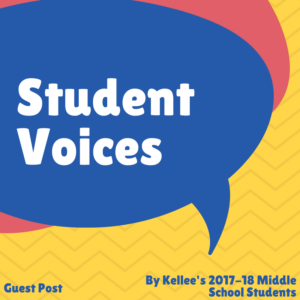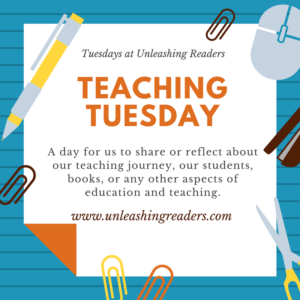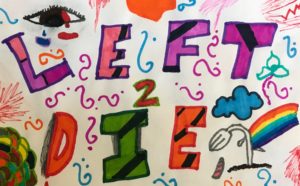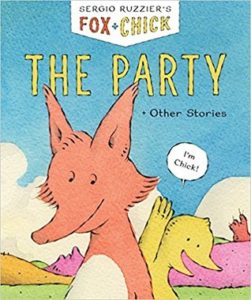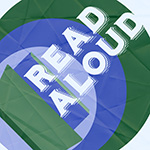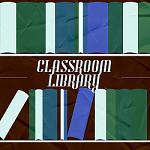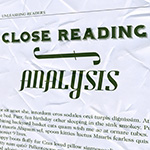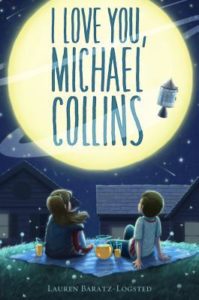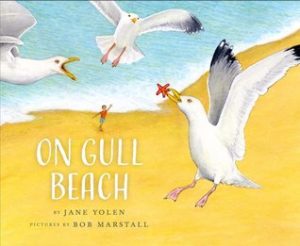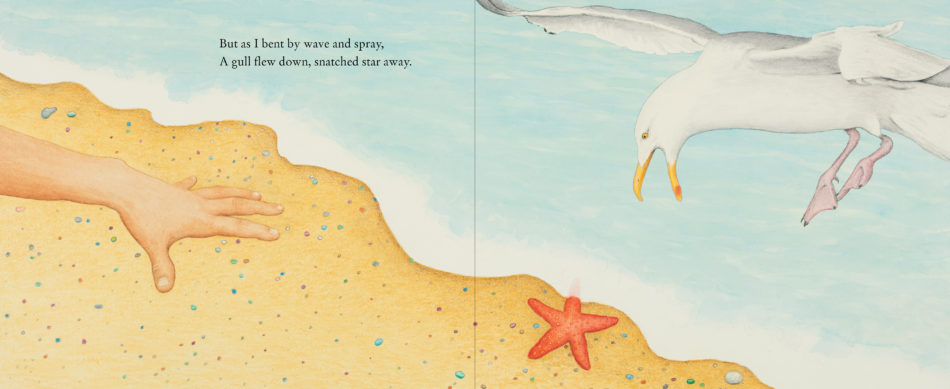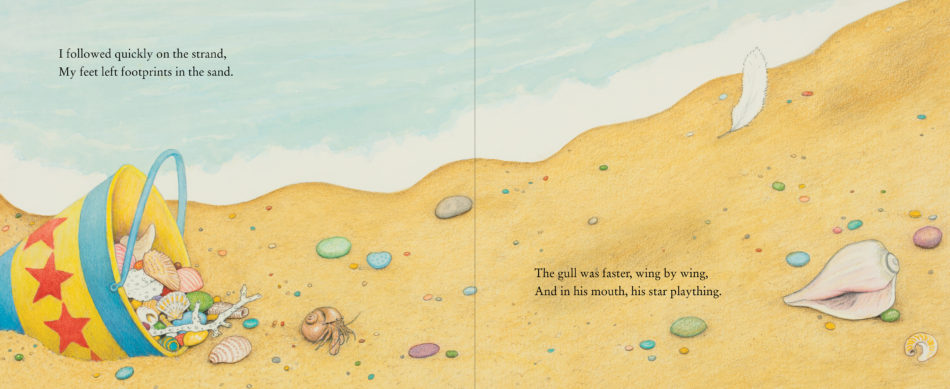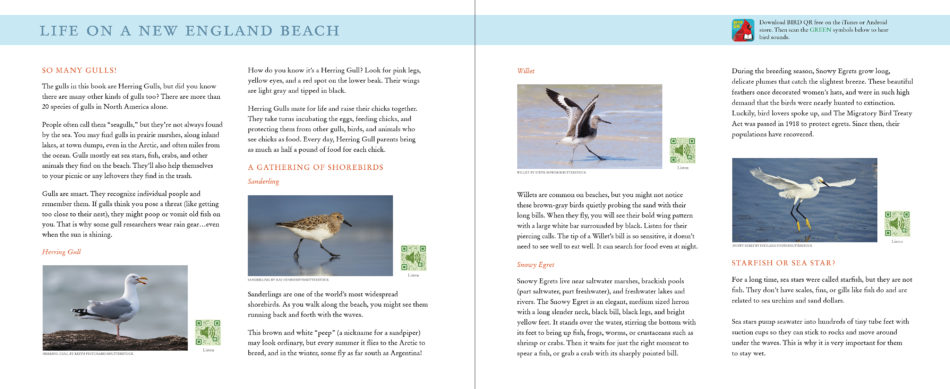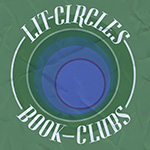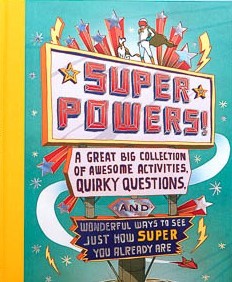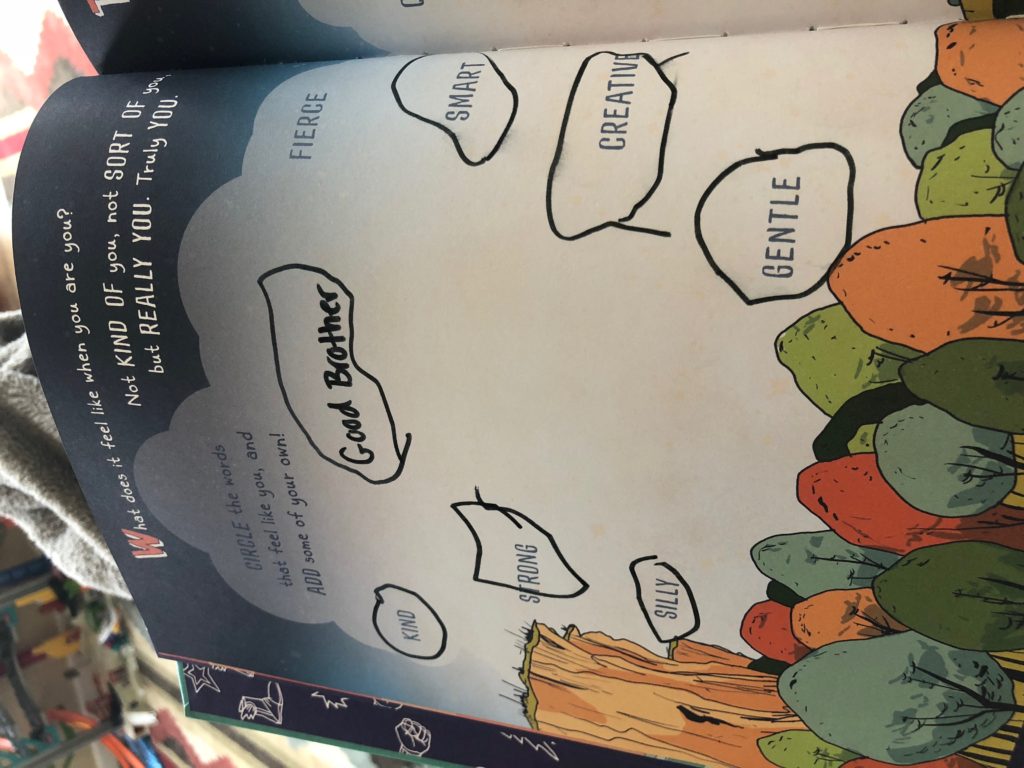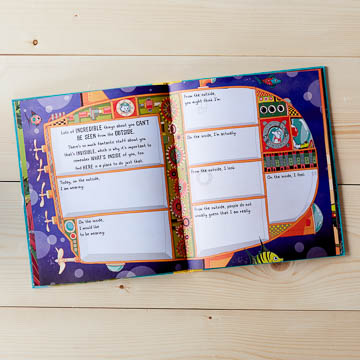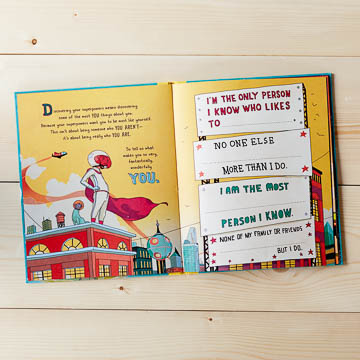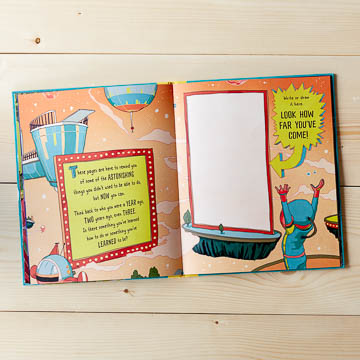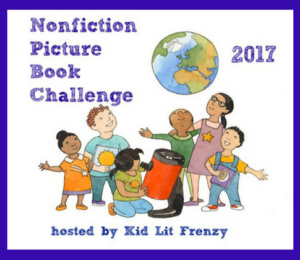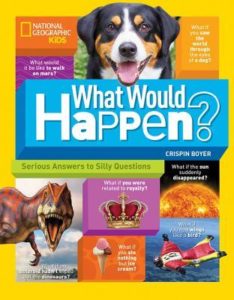Edwin C.’s Book Wish (7th grade)
I’ve never seen a book with a motive or change like this: I want it to be your typical protagonist and they have to stop someone. The author makes the protagonist look all nice and like they are the one doing the right thing then suddenly the protagonist shares their true intentions and they show they are actually the antagonist. And the antagonist is actually the protagonist. I think this would make a very interesting story, and the big plot twist would drag someone into the book.
Alejandro S.’s Book Wishes (8th grade)
- One of my book wishes is for there to be more teenager reincarnation into a fantasy world where they are strong and smart enough to survive.
- Another one of my book wishes is for there to be books where a person is transported inside a game and the game turns into real life.
- Kellee’s note: Heir Apparent by Vivian Vande Velde would fit this wish!
- I wish there were books about surviving in a fantasy world as the main character has to purge the demon king and has to keep his power a secret to stay safe.
- I wish there was a book about a main character who starts out weak in a fantasy world then unlocks a secret power which allows them to grow stronger at a faster pace and they have to save the world from chaos.
- I wish there was a book with a main character who is a dragon who has to deal with monsters and humans.
Lucas D.’s Book Wishes (8th grade)
- I wish there were more books about a kid who has it rough and only basketball helps him ignore it.
- Kellee’s note: Slam by Walter Dean Myers would fit this wish!
- I wish a book existed about a kid who rules the school but a simple mistake ruins his whole career in basketball.
- A wish for me is for there to be about a book where there’s two kids left on Earth, and there are clues on how to live.
- Another wish is for a book about a man who is hard working and dedicated to going to the NBA but ends up playing in the G-league, so he’s now nonstop training to make his dream come true.
- I wish there was a book about a struggling kid who has nothing to live for and no one to help him in life or school, but when he picks up a basketball, everything changes.
Christian U.’s Book Wishes (8th grade)
- I would like a book like Rescued by Eliot Schrefer but from the ape’s point of view. Many books are from the primate’s owner’s POV, and it would be interesting if one would accurately describe the behavior of an ape in real world situations.
- I would like a book about a chair that holds secrets from WWII that could potentially stop WWIII from happening.
- I would like a book about the life of an abused child because it can show how hard one’s life can get and the hardships they face and how they overcome it.
- Kellee’s note: A Child Called It by Dave Pelzer would fit this wish!
- I would like a book about the hardships Black Americans face today. This information can help show readers what it is like and potentially stop racism, discrimination, and other hardships.
- Kellee’s note: The Hate U Give by Angie Thomas, Dear Martin by Nic Stone, Tyler Johnson was Here by Jay Coles, and more would fit this wish!
- I would like a book about an utopian community that seems perfect but the main character is facing many hardships. Readers would relate to hardships when everything seems perfect.
Lizzie S.’s Book Wishes (6th grade)
- I wish there were more books about:
- Middle schoolers discovering their sexuality.
- Camp life.
- Sexual assault survivors.
- Funny things little kids say.
- The struggle of being a woman.
- Dying coral reef.
- Deforestation.
- Women becoming themselves.
- Endangered species.
- Characters who are enemies and the narratives alternate.
Sarah H.’s Book Wishes (8th grade)
I want more books that talk about LBGTQ+ in middle school because middle school is already hard and questioning your sexuality doesn’t make it easier. Reading about people/characters in the same situation help push you in the right path. More books like that will help kids/students feel less alone and find people who are facing the same problems or thinking the same questions they are.
Estela R.’s and Ashley F.’s Book Wishes (8th grade)
- Here are some ideas for books that Estela and Ashley wish existed:
- Tabitha is just a normal 17 year old girl, except for the fact that she goes to Gloria Steinem School of the Arts, a Performing and Visual Arts School. During junior year she sees her dad die in a car crash, so she becomes a foster child of one of the most popular stars on Earth, Gavin DiCaprio, the son of Leonardo DiCaprio.
- Lilia is in her senior year at Jackson High School in Prescott, Arizona. In 8th grade, her best friend, Justin, moved to a boarding school in England. He suddenly comes back for senior year and although Lilia remembers him, he has no clue who she is. She plays it off like they never met before; however, at a party, she goes into his room with him, and she sees all these pictures of her and him when they were little.
- Every year teens from 13-18 go to a camp. They each get put into 4 different groups: cliste (smart), athletau (athletic), terreux (down to earth), and dirigeants (leaders). Bellamy and his sister, Maxwell, go to a camp where they have to take three official tests with their group to survive and not get illuminated (which means death).
- Lee was a “normal” 8th grader, but his life changes when he gets stuck in his favorite horror movie “Skin.” He meets the main character, Victoria, and they have to work together to kill Skin for Lee to be able to go home.
- Casey and Maisy are internet best friends. They have bonded for months over shows, movies, and more! They Facetime and text everyday until Casey gets into a coma, and Maisy has to figure out why she’s not texting anymore. Then she wants to somehow get to her.
Kim J.’s and Serine M.’s Book Wish
- Here is an idea for a book that Kim and Serine wish existed:
- The story is based off of a kidnapping. The main character has to be kidnapped to save others. What if she fails? But the world needs to change, and she’s the only one that can do it.
- Main character: Adelyn Wyer
- Friends: Julie, Kalia, Angelica
- Other characters: Calyn, Wybie, Mr. Smelly, Doodle, Pete
- Parents: Alex Wyer, Melissa Cargener
- The story is based off of a kidnapping. The main character has to be kidnapped to save others. What if she fails? But the world needs to change, and she’s the only one that can do it.
Thank you to my wonderful students, Edwin, Alejandro, Lucas, Christian, Lizzie, Sarah, Estela, Ashley, Kim, and Serine, for all their wishes and ideas!
